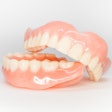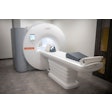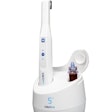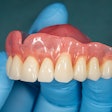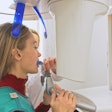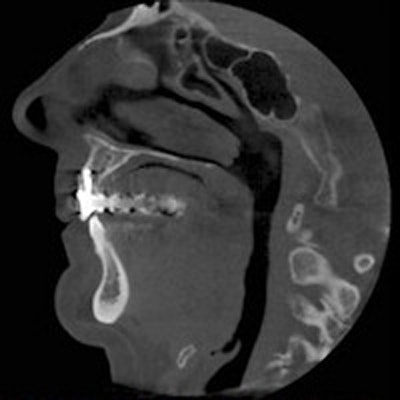
There was a time in the not-so-distant past when taking radiographs as part of a dental examination was commonplace. However, with fears about radiation and changing insurance policies in some parts of the U.S., times are certainly changing.
With recent talk about radiation from imaging systems and tweaks in insurance coverage, we wanted to see what changes were happening with taking images in today's dental practice. To do this, we looked at the numbers of images, both digital and film, taken in comparison to comprehensive exams performed in dental practices across the U.S.
To find these numbers, we extracted data from Sikka's collection of numbers taken from Sikka Software that has been collected from more than 12,500 dental practices from around the U.S. We then broke down the percentage of times an image was given as a part of a comprehensive exam.
Here are the numbers we found.
Odd decrease
As the table shows, the percentage of comprehensive dental exams that included a radiograph hit a six-year low in 2016, dropping sharply from the year before.
| Percentage of comprehensive exams that include radiographs | |||||
| 2011 | 2012 | 2013 | 2014 | 2015 | 2016 |
| 94.52% | 94.96% | 97.00% | 96.00% | 95.91% | 90.67% |
What is causing the decline? Part of the reason for the drop is reimbursement, according to Teresa Duncan, founder of Odyssey Management and one of the leading sources for insurance information in the dental industry.
"Offices were billing out radiographs only to be denied by the insurance companies for reasons such as frequency limitations or combinations with other procedures," Duncan said. "For example, billing a full mouth set of radiographs along with a panoramic film usually results in one being paid and one being denied."
Practices then did not want to bill the patient or write the costs off, she said.
“Practices have started to back away from billing both, because they don't want to bill the patient or write it off.”
"Practices have started to back away from billing both, because they don't want to bill the patient or write it off," Duncan said. "They rationalize it by saying that they'll have to absorb the cost anyway -- why adjust off for it? I don't agree with this, but it is an often-heard sentiment."
Another factor is changing technology.
"There is also digital technology that has changed how we take radiographs," she said. "As practices utilize more cone-beam digital technologies, we see machines that not only give you cone-beam CT (CBCT) images but also panoramic radiographs. Rather than billing out for the pans separately, offices are billing medically and/or to dental insurance for the CBCT."
Changes are happening, but Duncan doesn't think the numbers should be dropping like they are.
"It's odd that there is a decrease in radiographs," Duncan said. "I understand concerns about insurance, but dental professionals are still having to diagnose and prescribe treatment for their patients, so these diagnostic procedures should still be happening on a very regular basis."
She concluded that offices are recognizing that small amounts of reimbursement add up.
"Our industry is very focused on overall health and diagnostic capabilities -- more so than ever before," Duncan said. "I suspect that offices are tired of fighting over small periapical or bitewing image charges, but those small amounts add up."
Alitta Boechler is the director of digital marketing at Sikka Software. You can contact her at [email protected]. Practice Mobilizer is a free app that lets dentists send HIPAA-compliant video messages, tracks patient arrival times, provides ZIP code-specific fee data, and more. Dentists can check out store.sikkasoft.com or the mobile app at www.practicemobilizer.com.
Please note that the data should be used for comparison only.
The comments and observations expressed herein do not necessarily reflect the opinions of DrBicuspid.com, nor should they be construed as an endorsement or admonishment of any particular idea, vendor, or organization.









